A collaborative platform for paperless relicensing
This brief tutorial discusses musculoskeletal X-ray anatomy in general terms, and introduces some important concepts regarding musculoskeletal X-ray interpretation.
Knowledge of normal bone, joint and soft tissue appearances enables accurate description of abnormalities seen on X-ray. Both normal and abnormal X-rays are used to illustrate key viewing principles.
As for all X-rays, a systematic approach is required.
| Duration : 08:00:00 hours |
| Content provider : Radiology masterclass |
| Date launched at CMEPEDIA : May 14, 2024 |
| Expiry date of course : December 17, 2025 |
| Module size : 11.00MB |
| Price : ₹0.00 - ₹330.00 |
| Category | Accreditor | Credits | Accreditation details |
|---|---|---|---|
| Physician, Radiologist, Family physician |
Royal College of Radiologists |
8 CPD/CME credits | 8 CPD/CME credits awarded in accordance with the CPD scheme of the Royal College of Radiologists, London, UK |
| Endorsed by | Accredited by | Conversion credits |
|---|---|---|
| Bangalore XYZ council | Royal College of Radiologists | 4 BXC Credits |
On completion of the course the practitioner will be able to:






₹0.00 - ₹330.00

₹121.00 - ₹451.00

₹0.00 - ₹330.00

₹0.00 - ₹440.00

₹0.00 - ₹330.00

₹0.00 - ₹330.00

₹0.00 - ₹330.00
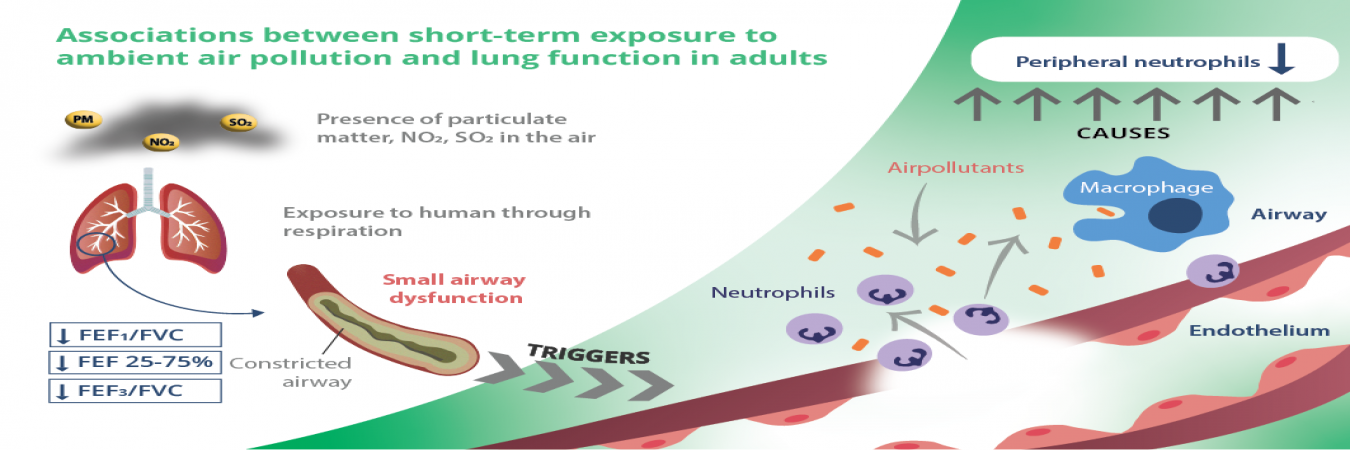
₹0.00 - ₹330.00

₹1241.90 - ₹1571.90

₹0.00 - ₹330.00

₹0.00 - ₹330.00
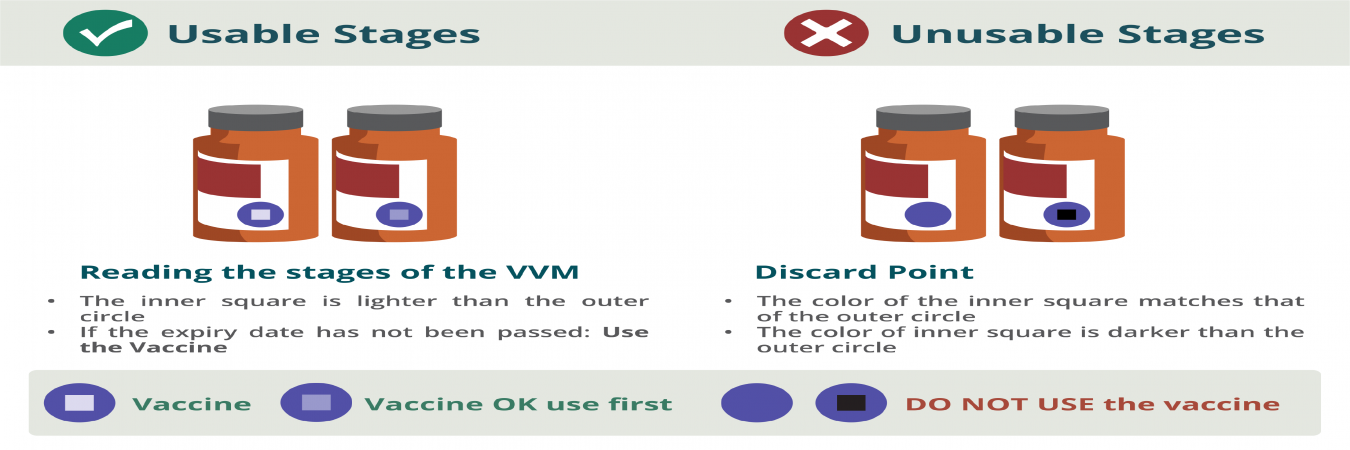
₹451.00 - ₹2651.00

₹0.00 - ₹330.00
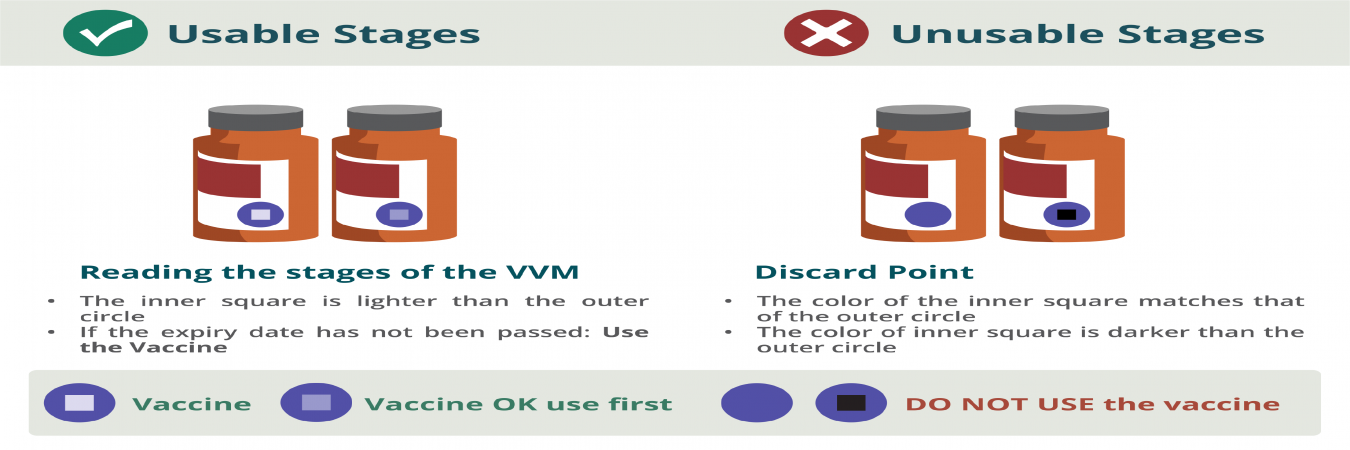
₹0.00 - ₹330.00
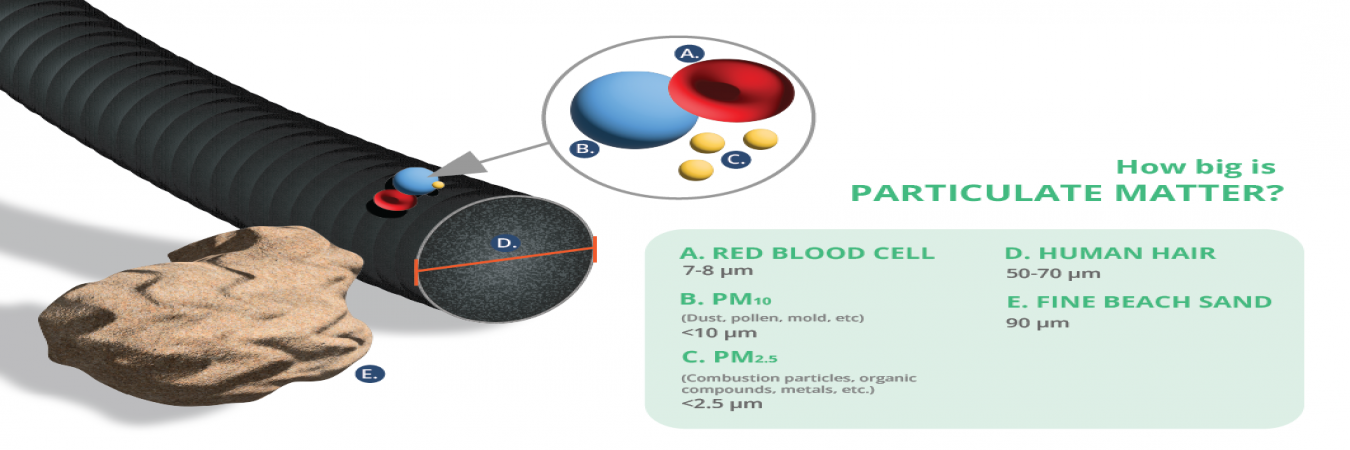
₹0.00 - ₹330.00

₹0.00 - ₹330.00
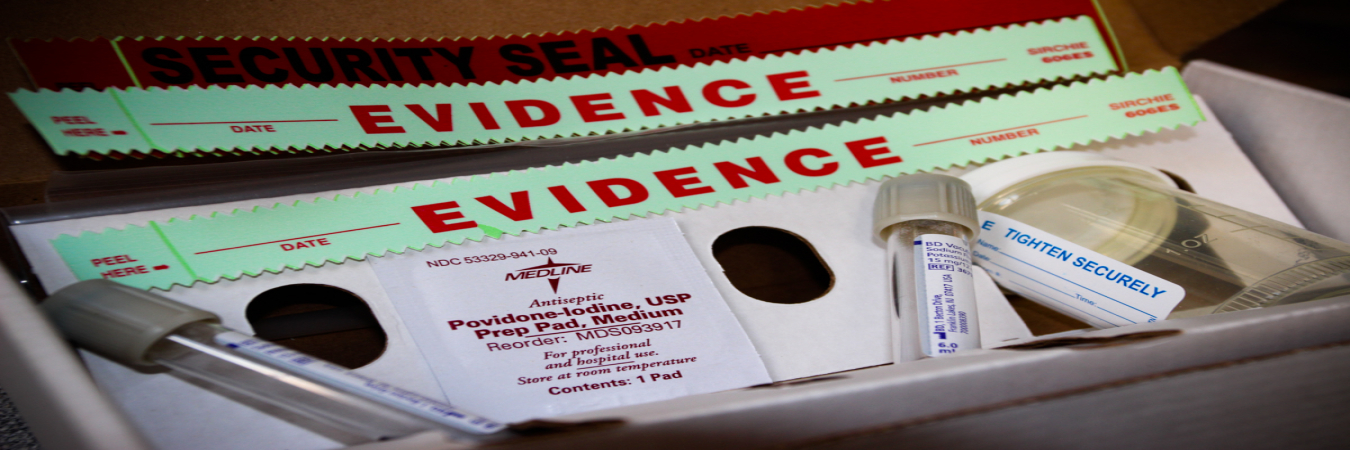
₹0.00 - ₹330.00

₹26392.91 - ₹26832.91

₹0.00 - ₹330.00

₹0.00 - ₹330.00

₹0.00 - ₹330.00

₹0.00 - ₹330.00

₹0.00 - ₹330.00

₹0.00 - ₹330.00